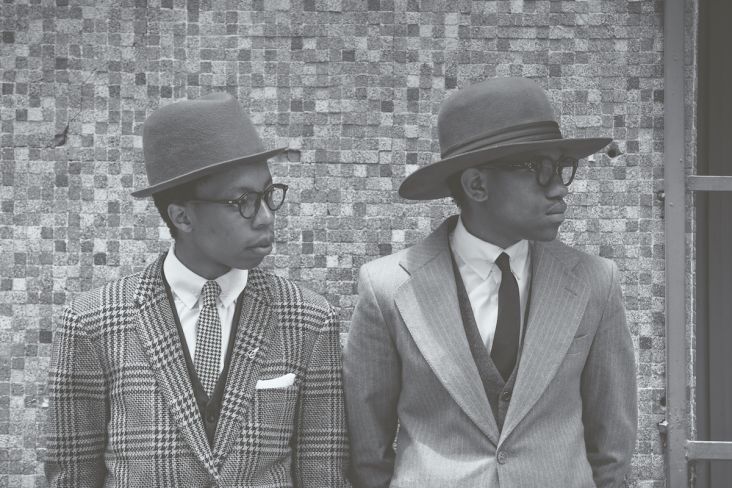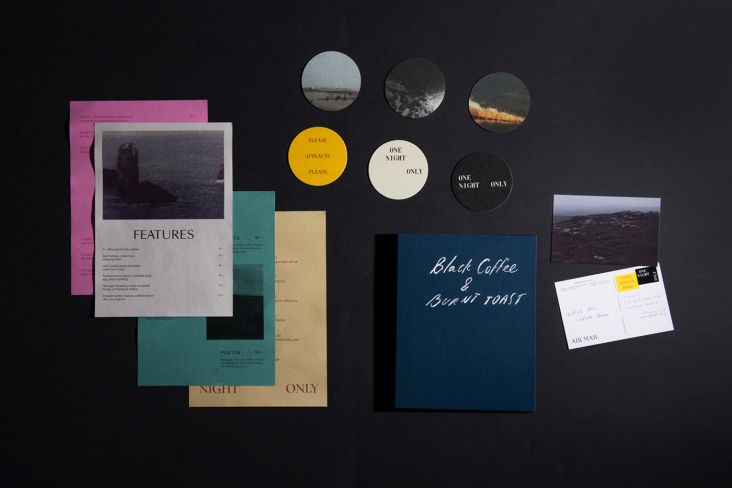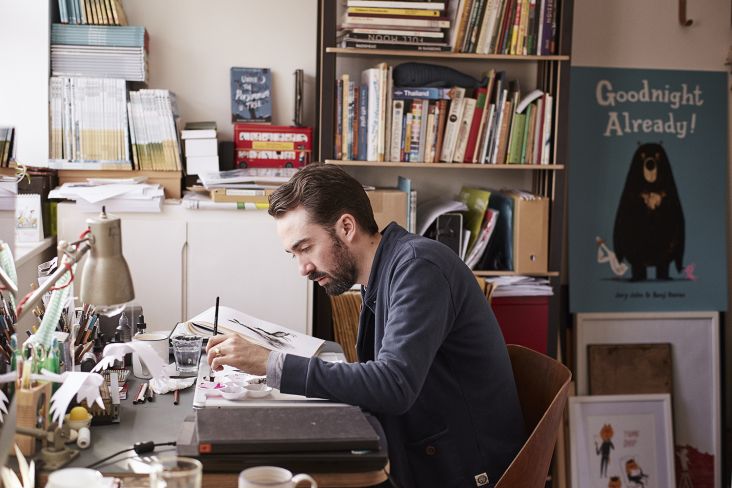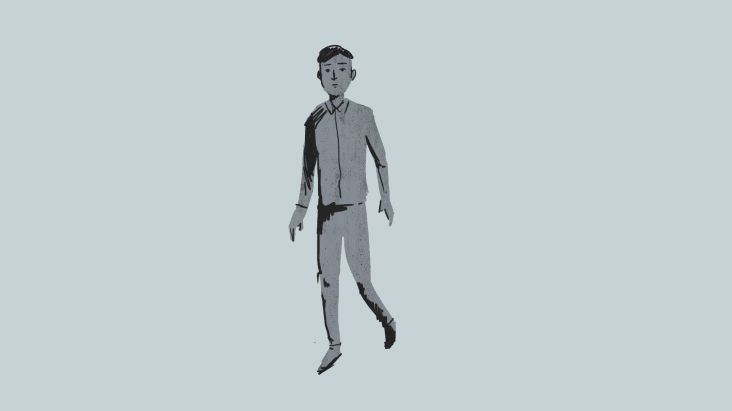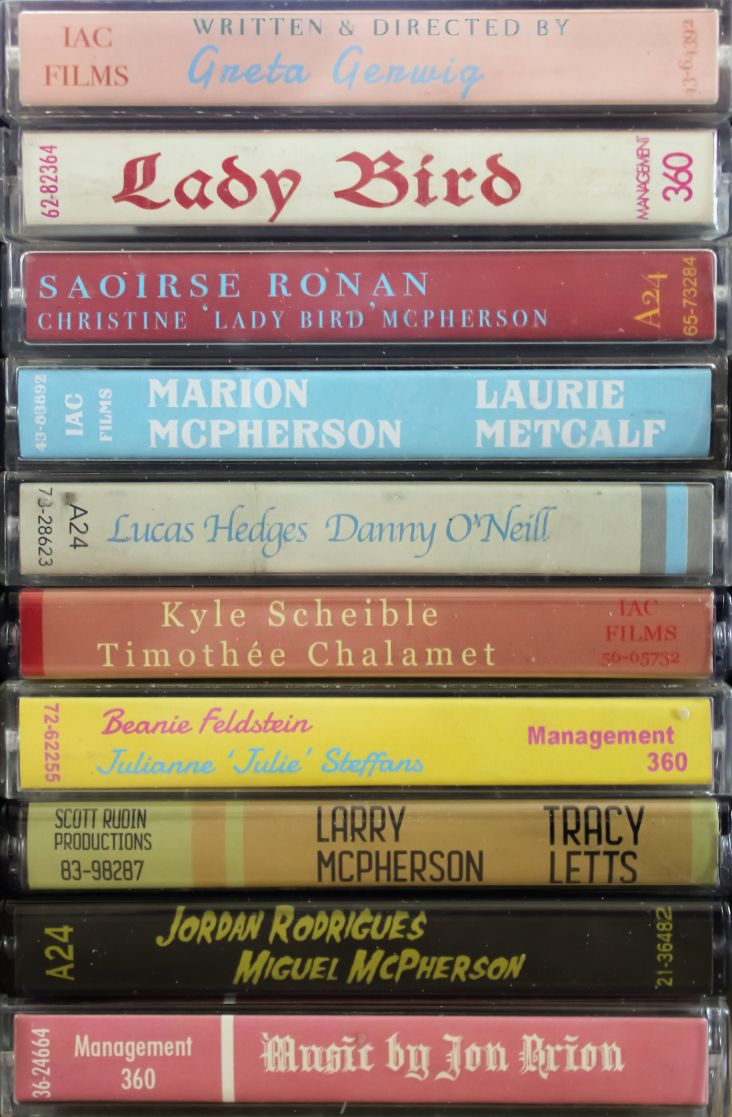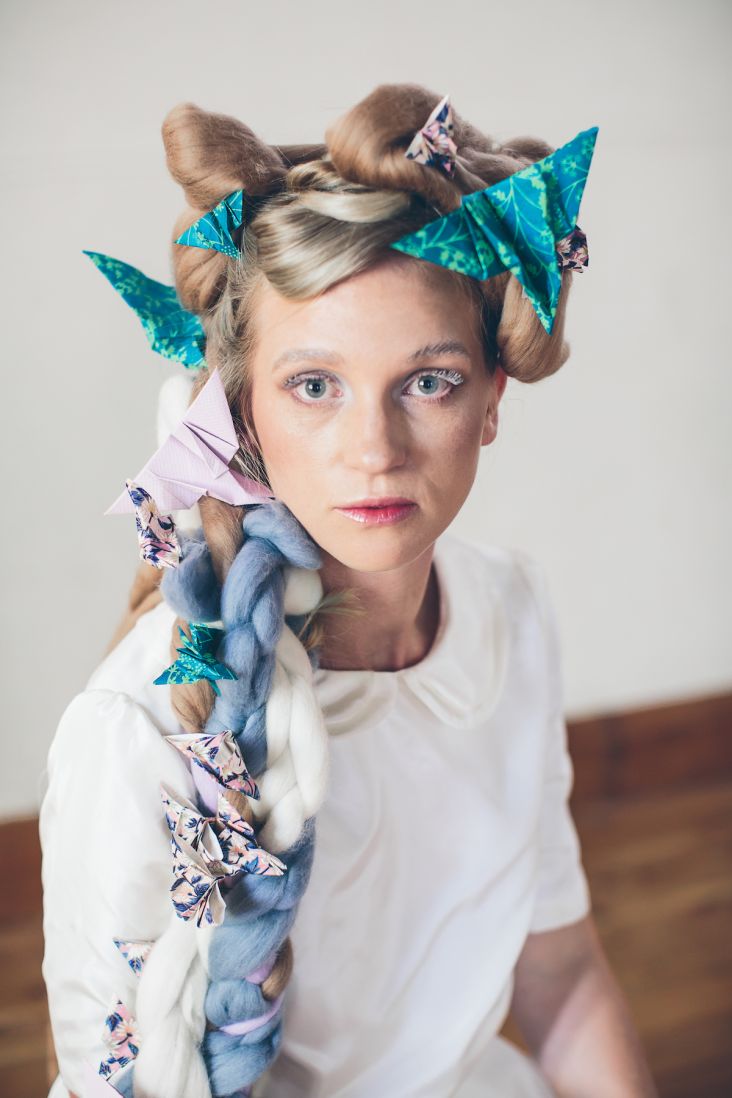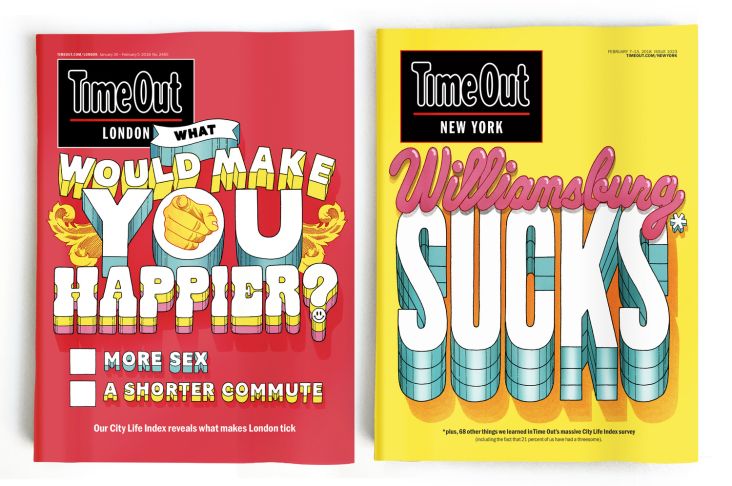Uncovered: rare illustrations from the Sixties and Seventies unveiled
In a new exhibition at the Lever Gallery, Uncovered: Illustrating the Sixties and Seventies, celebrates iconic Pulp art through the display of 40 rare original works created primarily for book covers, magazine illustrations and posters.
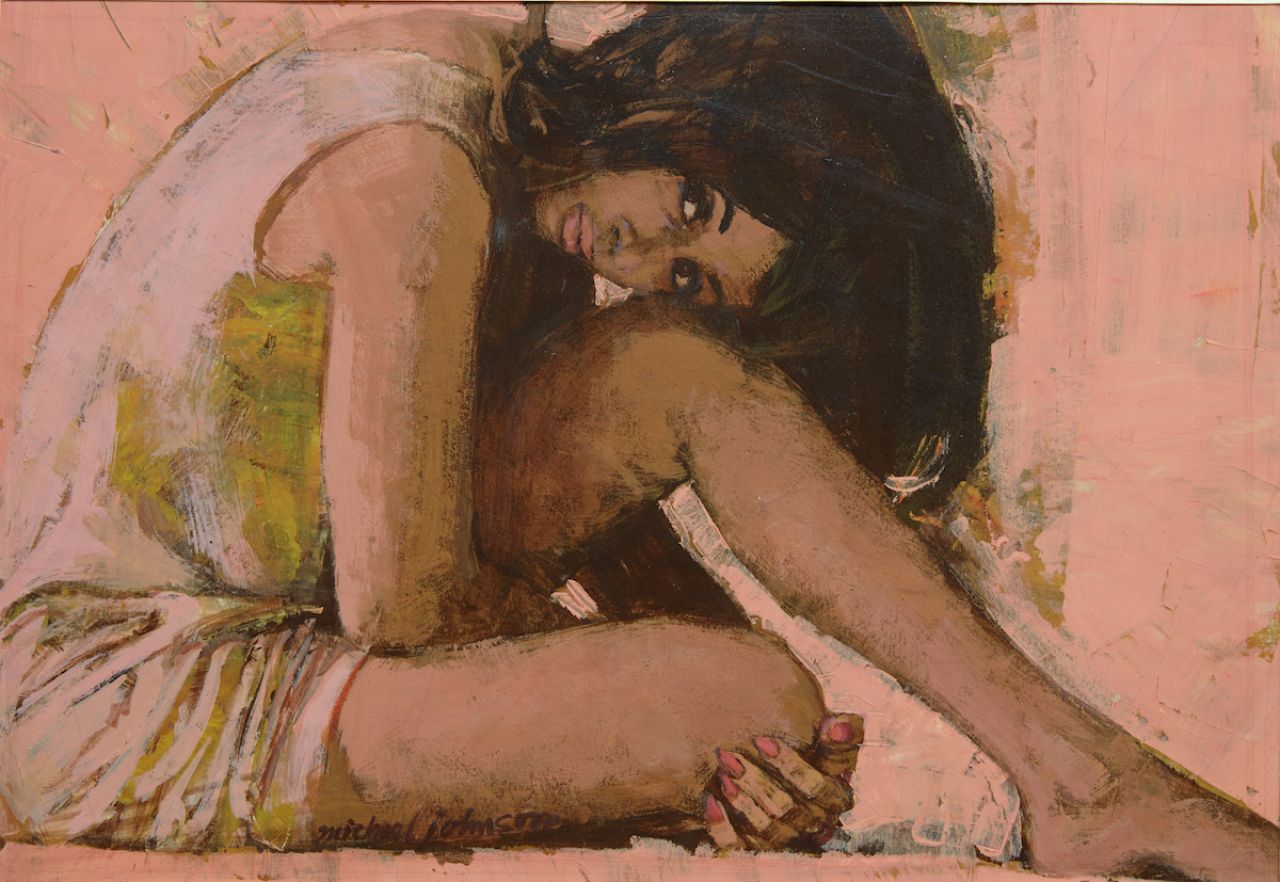
Michael Johnson, Pink Woman, c 1962, casein tempera on board, copyright Lever Gallery
Pulp art rose up in the brand new world of the post-war '50s, and crested in the '60s as colour printing processes became ever more affordable. It lost out to the new kid on the block – photography – in the '70s, which ushered in a harder-edged realism, but prior to this its appeal was its lack of subtlety, tempting readers into a best-selling world where men were men, women voluptuous, good was good and bad really was evil. It sold the promise of sex because sex always sells.
The visual language of Pulp was an obvious tight fit for a new generation of writers able to mould their output to suit the genre. Hard-boiled Mickey Spillane, the verbal Earl Stanley Gardner, escapists like Hammond Innes and Alistair Mclean and romantics like Helen McInnes sold in huge numbers alongside much less memorable, and probably less talented, authors mining the same rich vein.
But what makes Pulp so fascinating, and its appeal so durable was that it didn’t stop there.
By the 1960s, publishers figured out that it could be applied to completely different types of books, and with a charming lack of tact, Pulp was enlisted to shift works by authors you’d never expect to find shining a light around the murky depths of mass publication. The glamorous promise of Pulp eased the works of Simone de Beauvoir, Sinclair Lewis and CP Snow, along with many other highbrows, onto the bookshelves of a whole new readership that had probably never heard of them.
Uncovered: Illustrating the Sixties and Seventies takes place at Lever Gallery, London, until 24 March. Discover more at levergallery.com.
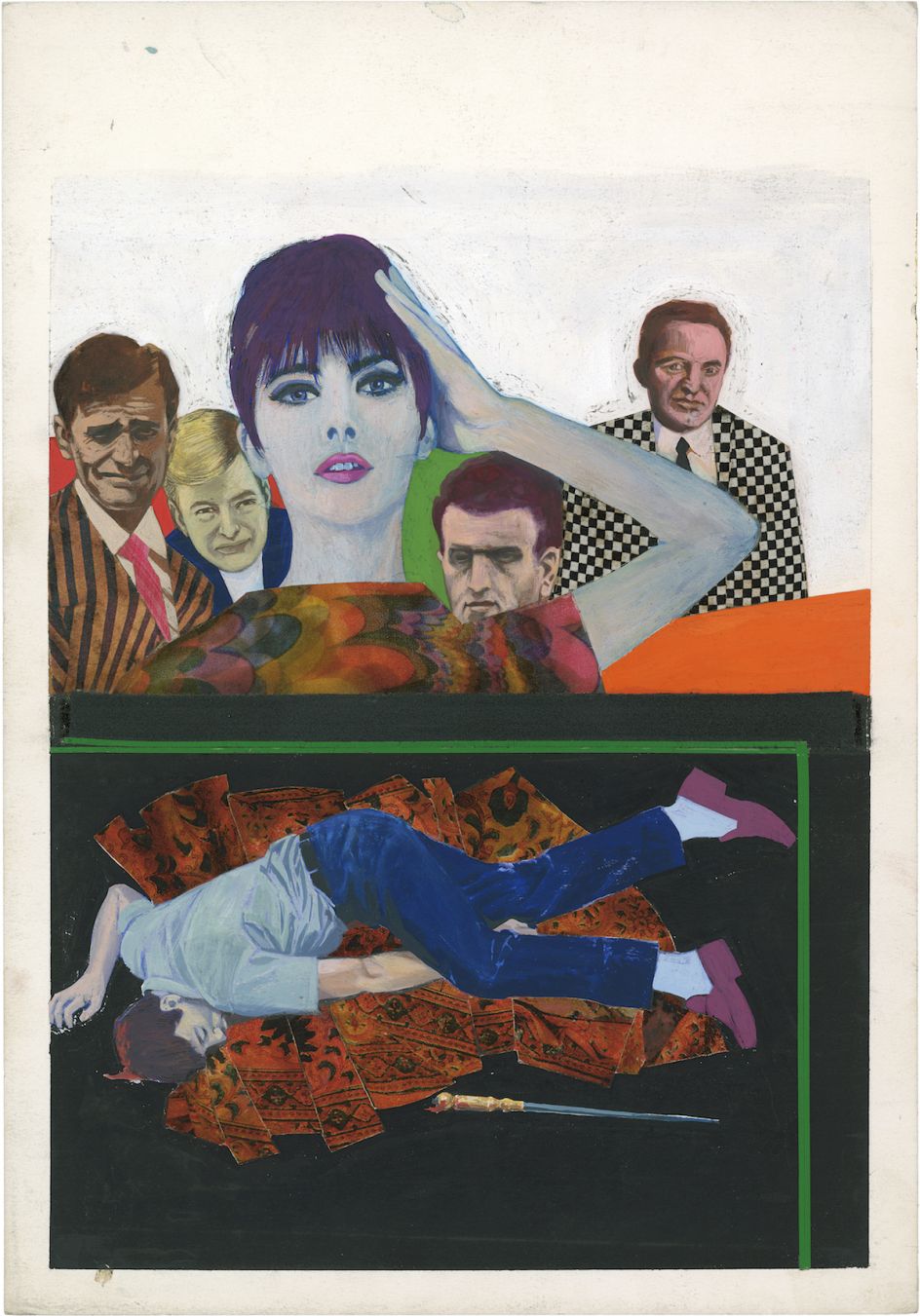
Gianluigi Coppola, The Case of the Curious Bride, 1966, mixed media, copyright Lever Gallery
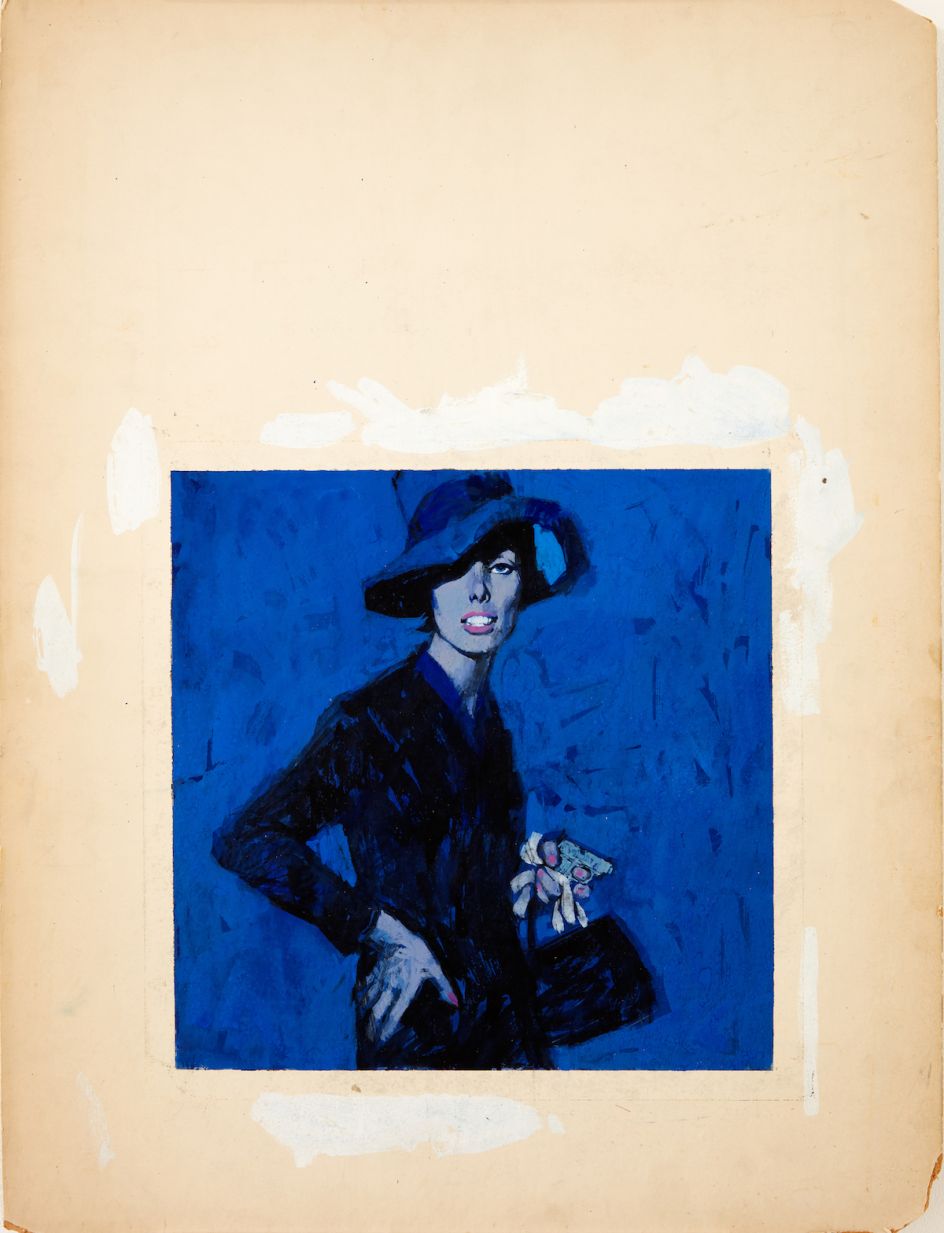
Renato Fratini, Lady in Blue, c 1960s, gouache on board, copyright Lever Gallery
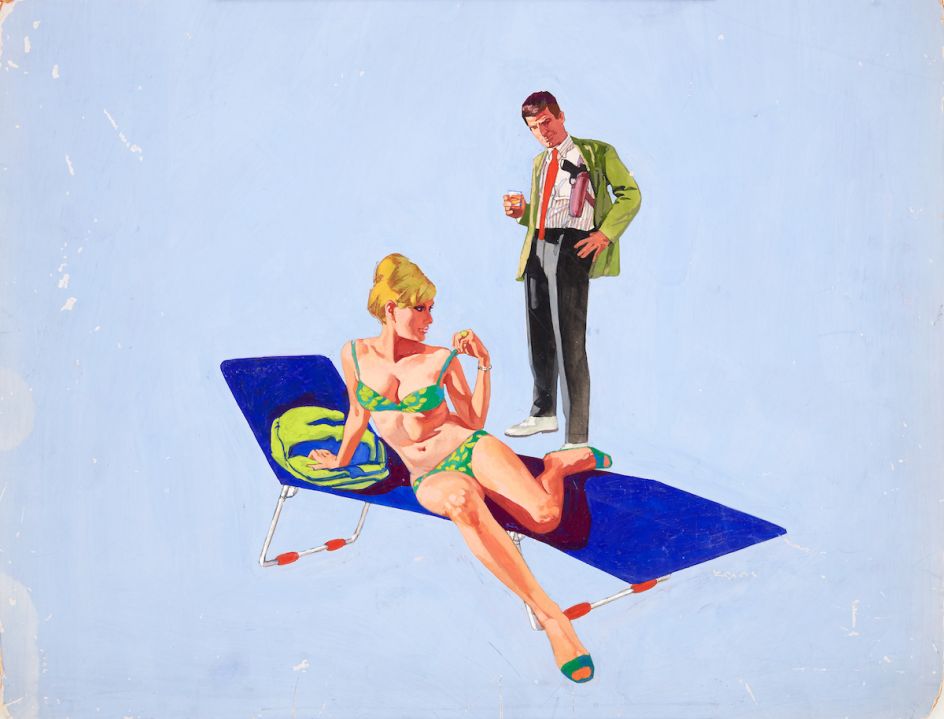
Renato Fratini, The Girl Hunters, 1967, gouache on board, copyright Lever Gallery
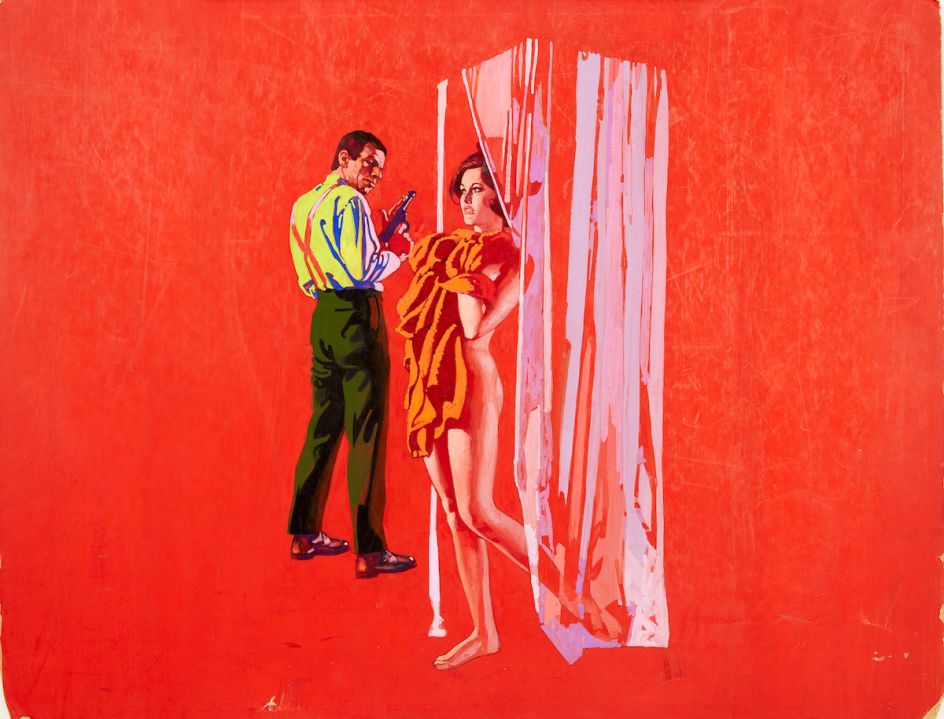
Renato Fratini, The Snake, c 1967, gouache on board, copyright Lever Gallery
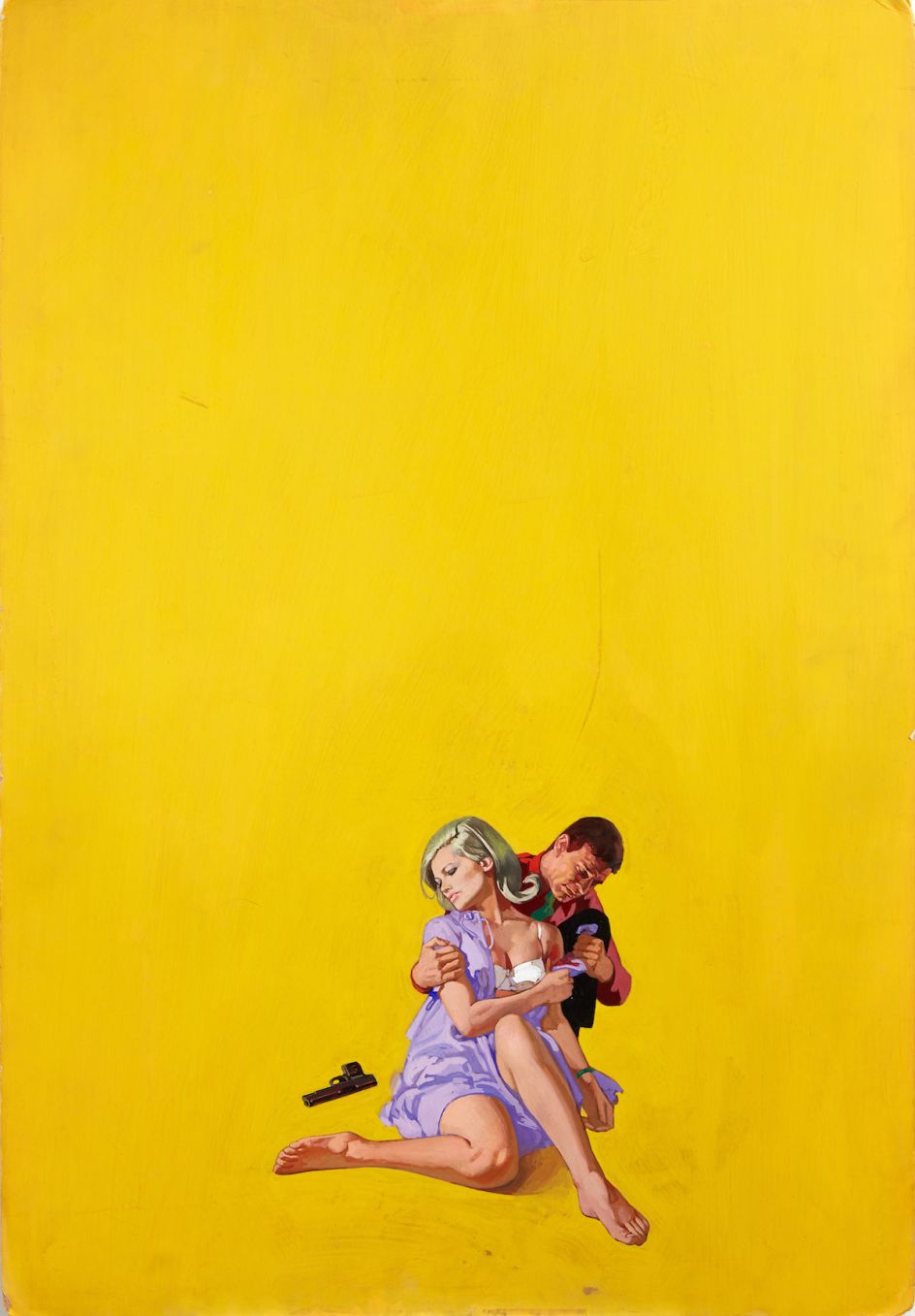
Renato Fratini, The Twisted Thing, 1967, gouache on board, copyright Lever Gallery




 by Tüpokompanii](https://www.creativeboom.com/upload/articles/58/58684538770fb5b428dc1882f7a732f153500153_732.jpg)


 using <a href="https://www.ohnotype.co/fonts/obviously" target="_blank">Obviously</a> by Oh No Type Co., Art Director, Brand & Creative—Spotify](https://www.creativeboom.com/upload/articles/6e/6ed31eddc26fa563f213fc76d6993dab9231ffe4_732.jpg)








